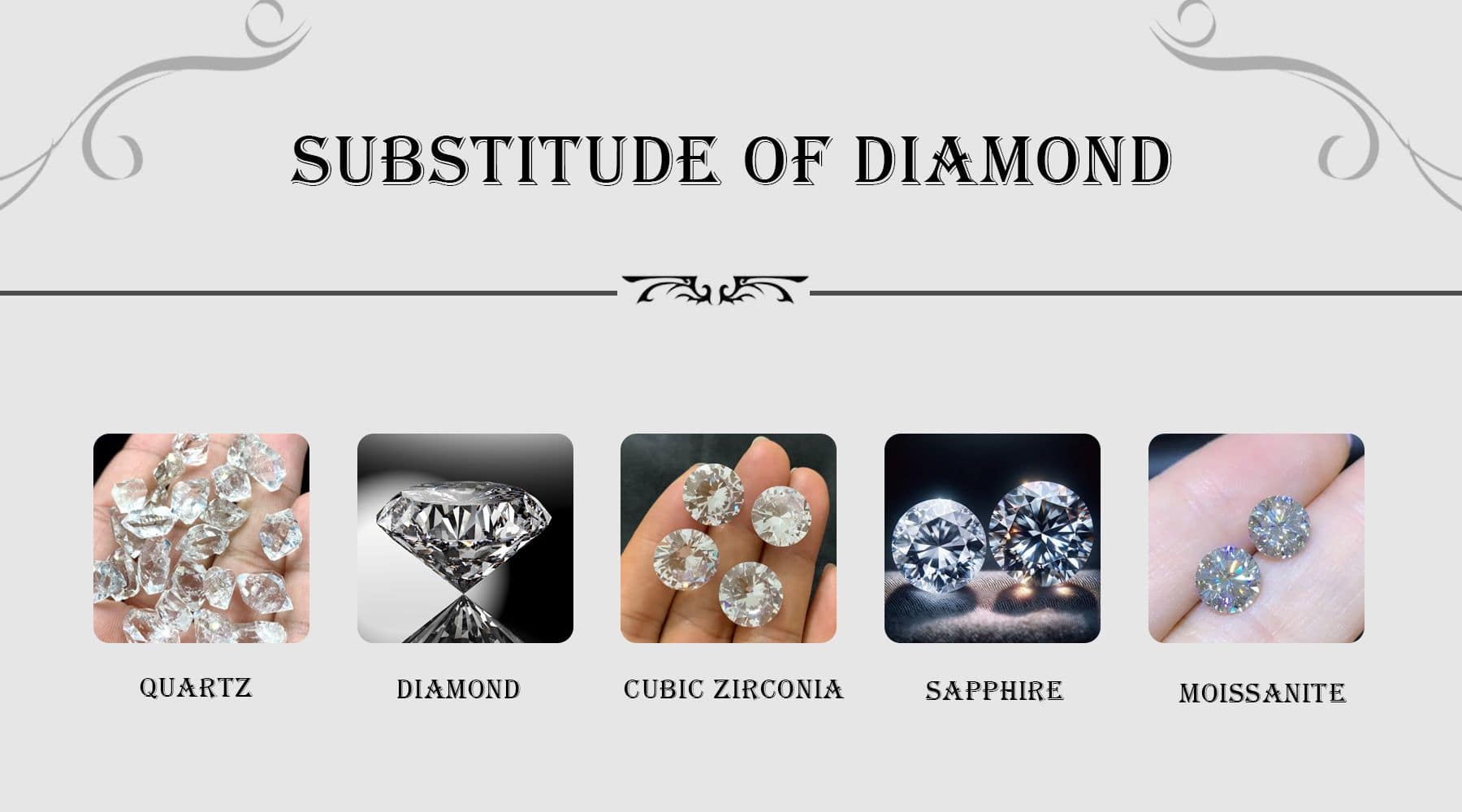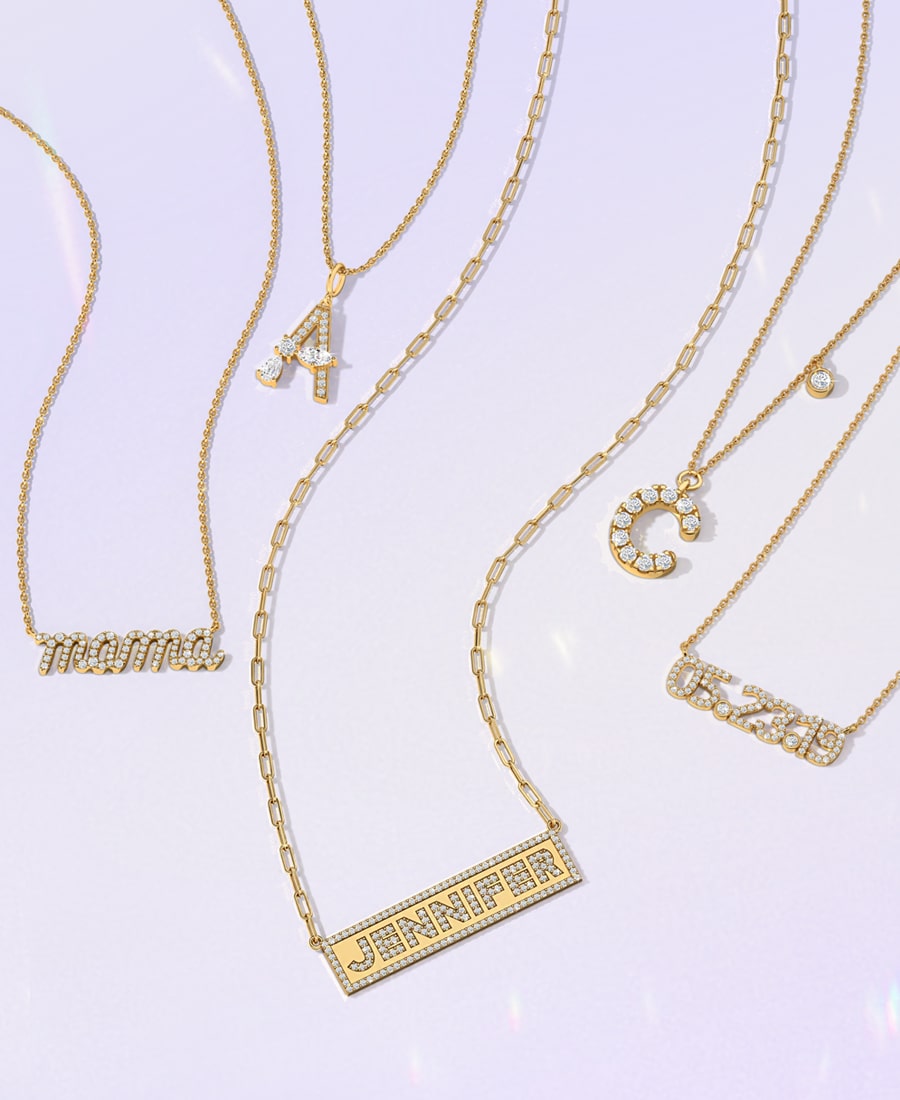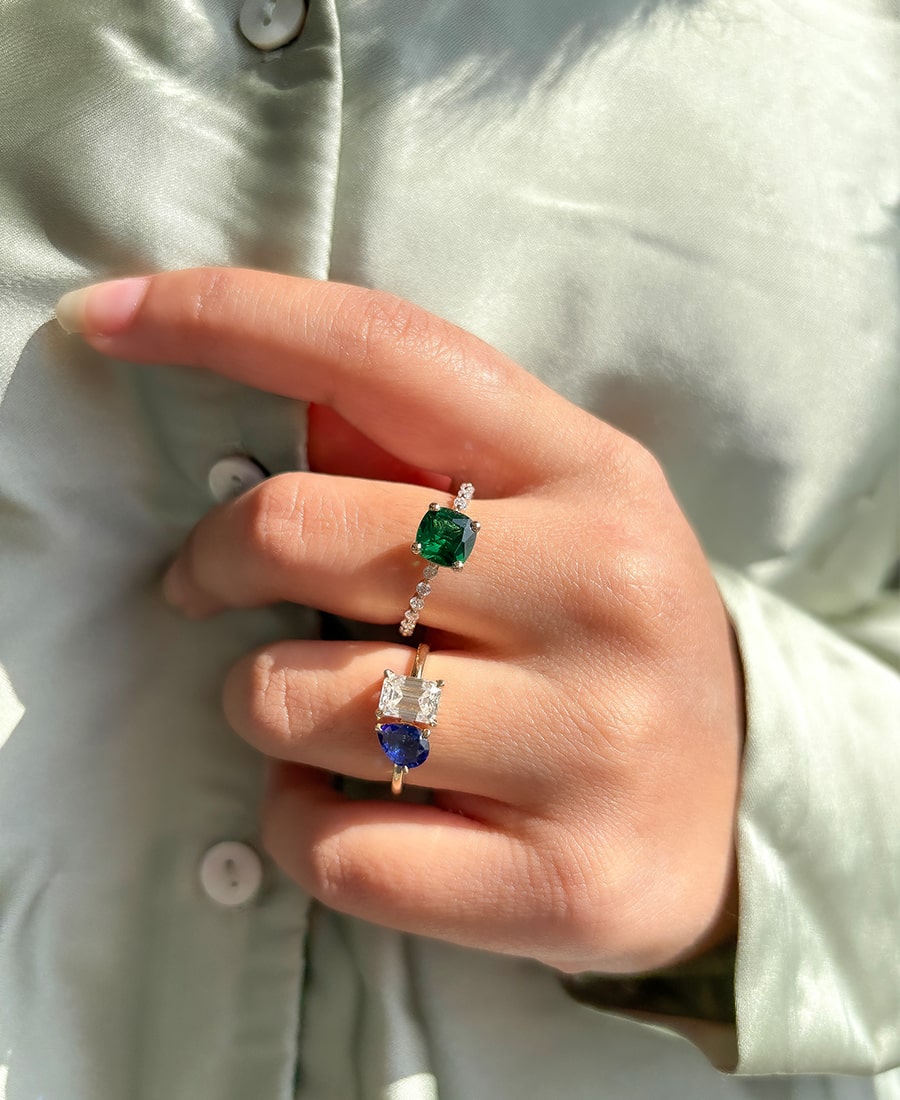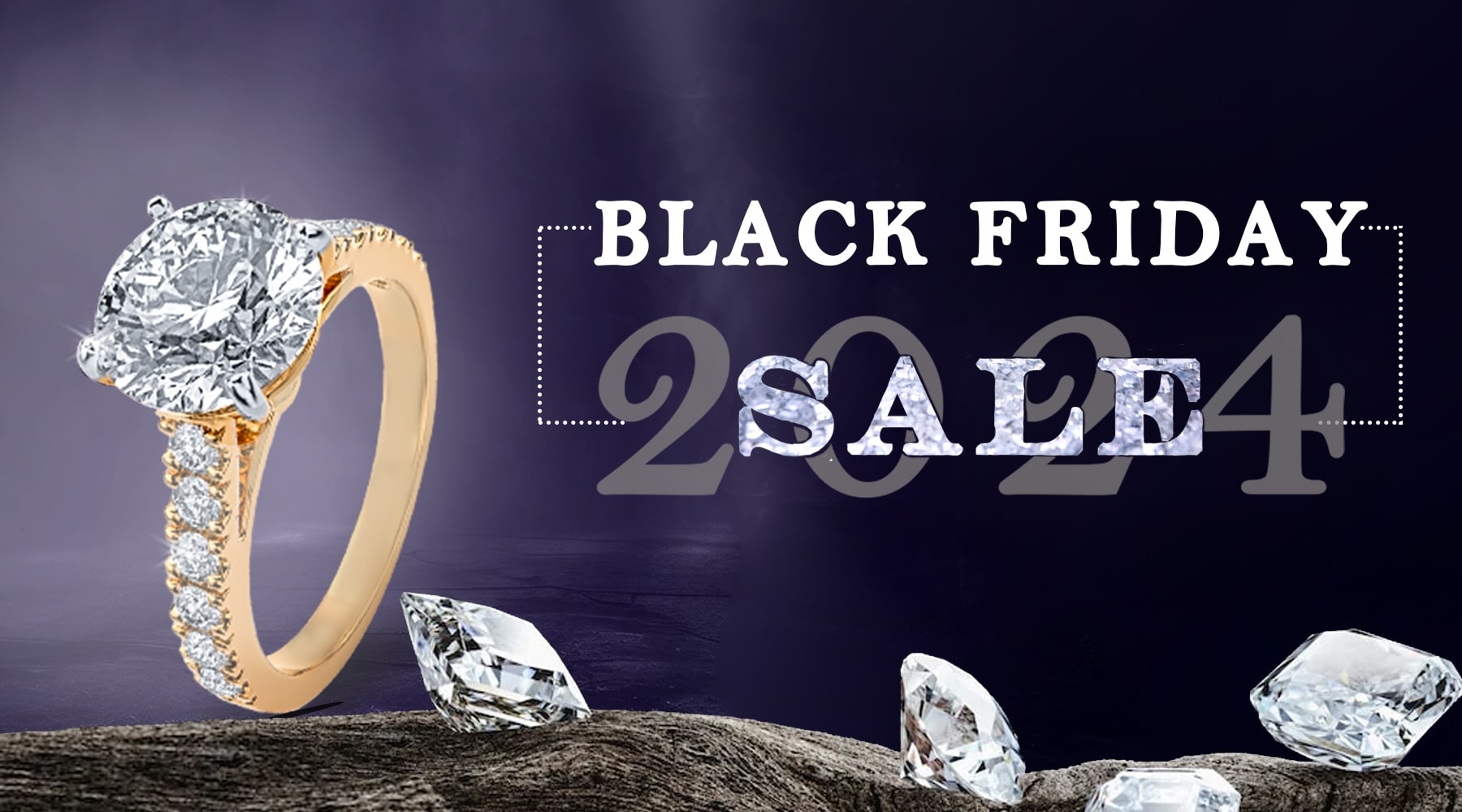
What is the best substitute for diamonds?
Planning a surprise proposal? The proposal is an important element of your life’s unforgettable moments, and the ring is an essential detail of this event. Time flies away, but when you go back to the memories, the moment of your partner proposing with a gigantic ring can become one of the most special and common ones.
If you want stones other than regular diamonds, there are a number of beautiful and affordable pieces on the market. Trust us, all of these alternatives are equally gorgeous. They can steal the scene in just a moment. These are familiar as diamond-like stones and hence can work well for most types of jewelry. In this article, we will check out some of the best alternatives to diamonds. Let us check them in detail.
Key Takeaways
|
1. Find out the best alternatives to Diamond. |
What are the top Diamond alternatives For you all?
Diamond Alternatives possess attributes like diamonds, such as sparkle, hardness, and hue. However, they are relatively more affordable than conventional diamonds. However, don’t worry about the quality. They are also of top-notch quality. In this guide, we will have an overall look at different types of diamond alternatives, be it lab-created diamonds or fancy gemstones.Lab-Grown Diamonds
Laboratory-grown diamonds are manufactured in laboratories that are extremely similar to naturally mined diamonds. These lab-grown diamonds are in every way identical to natural diamonds. The manufacturing process simulates the original diamond creation process in natural conditions. They offer significant advantages, including the following:
- Cost-Effectiveness: Lab grown diamonds are normally 20%-80% cheaper that natural diamond because they cost less to produce.
- Ethical Benefits: They are not related to the concern of what is termed as ‘conflict diamonds’ and other improper mining activities.
- Environmental Impact: It has a relatively smaller environmental impact than normal mining practices.
These lab-grown diamonds are the perfect choice for people who care a lot about the environment. In this way, people don’t have to worry about any unethical practices and are comfortable wearing jewelry created from lab-grown diamonds.
How They're Made:
- Seed Crystal Formation: A diamond seed or slice is taken and placed in a growth chamber.
- HPHT Method: Chemists apply pressure and temperature that is likely to be obtained in natural conditions to foster diamond growth.
- CVD Method: Carbon-rich gas is deposited in layers to give formation to diamonds.
- Cutting and Polishing: It has to be noted that the rough diamonds are cut and polished to ensure that they glitter.
Benefits:
- Ethical sourcing
- Lesser usage of water and carbon footprint.
- Helping to be transparent in everything that happens in the supply chain.
Lab-grown diamonds can be applied to different parts of jewelry, like rings and bracelets, and within a given budget, there is always a custom version of jewelry that can be made.
Moissanite
Moissanite is an artificial gem; thus, it is man-made and made from silicon carbide. The gem was discovered in 1893 by Henri Moissan. It is known for its brilliance and fire; hence, it is commonly used to mimic diamonds. Many brides are known to use these stones in jewelry to manage their overall wedding budget. Sometimes, people use these stones as raw stones during the engagement, making them a special and unique memory.
- Brilliance: Compared with diamonds, the refractive index for Moissanite is even higher; therefore, it provides incredible brilliance.
- Durability: It is quite hard, having a hardness of 9.25. So, it’s virtually impossible to scratch it, as the hardness rating on the Mohs scale is quite significant.
- Affordability: This saves you a lot of money compared to the purchase price of a natural diamond because moissanite is relatively cheaper.
Why Choose Moissanite for Engagement Rings?
- Brilliance and Sparkle: This beats the other gemstones in terms of brightness.
- Ethical and Sustainable Sourcing: Synthesized in laboratories, which means that no unethical methods are used.
- Customization: This can be obtained in different cuts and settings.
Gemstone Alternatives
|
Gemstone |
Characteristics |
|
Garnet |
Deep red color; affordable |
|
Vibrant green hue |
|
|
Peridot |
Distinctive green color |
|
Amethyst |
Rich purple tones |
|
Sapphire |
Available in various colors, blue is famous |
Cubic Zirconia (CZ)
Cubic Zirconia is a man-made gem made from zirconium dioxide. It looks a lot like diamonds but costs less.
- How It Looks: CZ looks like high-quality diamonds.
- How Strong It Is: CZ is pretty strong, with a rating of 8 to 8.5 on the Mohs scale. It’s not as hard as real diamonds.
- Price: CZ is much cheaper than natural diamonds.
Why Pick Cubic Zirconia?
Cheap: It looks like diamonds but costs less.
Shiny: Sparkles a lot and is clear.
Conclusion
You need to understand what type of jewelry you want. Also, consider the event for which you will need this gem. This will help you to make the right choice. Besides, take into consideration your overall outfit and the budget for your purchase. Do basic research online and, accordingly, choose the item from the market.
When you have done some previous research, you will be able to judge the credibility of these gems easily. Besides, you should be careful when purchasing online. Remember to purchase gems only from authentic dealers like Earth Shine Jewels. They have an entire team of talented craftsmen, and quality assurance members who help to create the best jewelry products.
Choosing a diamond alternative can be a great choice. It offers beauty, is often sourced ethically, and saves money. Whether you choose a lab-grown diamond, Moissanite, Cubic Zirconia, or a colored gem, you can find something that fits your style and values.
FAQS
1. What is Cubic Zirconia?
It's a man made gem that looks like a diamond.
2. How strong is Cubic Zirconia?
It is quite strong but not as hard as real diamonds.
3. Why choose Cubic Zirconia?
It looks like a diamond but is much cheaper.






